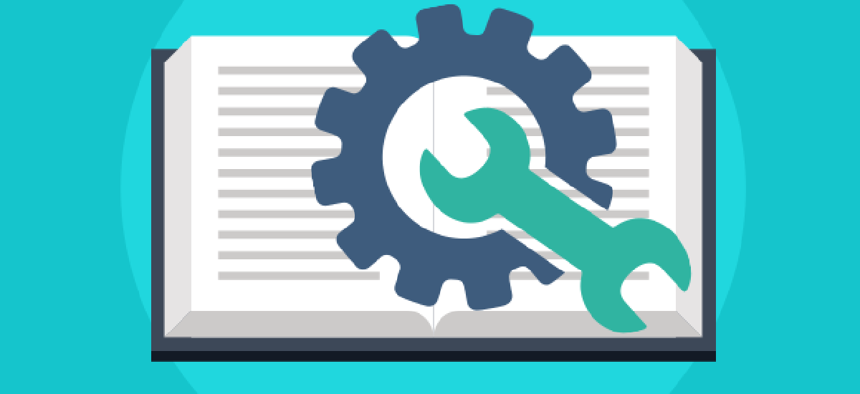Using APIs to combine digital collections


Connecting state and local government leaders
Application programming interfaces are taking center stage as a way for libraries and other data collection entities to share their digital collections with a broader audience.
Application programming interfaces are taking center stage as a way for libraries and other data collection entities to share their digital collections with a broader audience.
“Offering an API allows other people to reuse your content in ways that you didn’t anticipate or couldn’t afford to do yourself,” Chris Adams, an information technology specialist at the Library of Congress, wrote in LOC’s Digital Preservation blog.
APIs -- a set of routines, protocols and tools for building software and applications -- help share information by using standard data formats. As a result, libraries and other data repositories can increase their value by building APIs that open their content to larger audiences as well as using APIs to display a large amount of information to users without having to host it all.
The World Digital Library, for example, uses APIs to make available primary materials from approximately 190 libraries, archives and museums across the world, in multilingual format. Similarly, HathiTrust, a partnership of over 100 research institutions and libraries, offers APIs that can filter information about the repository’s 13.9 million digitized works by media, language, country and date, in addition to full-text searching.
Many widely used, standard APIs are in use to enable data sharing as well, such as OpenSearch, which can be used to search the Library Congress from Firefox, Chrome and Internet Explorer. The International Image Interoperability Framework (IIIF), another standard API, allows users to compare and annotate images side-by-side without the need for institutions to simultaneously run their applications to view the items. Tools that support IIIF, such as the Universal Viewer, can be built by anyone without needing to know the different software systems used by digital libraries or other entities supporting IIIF.
In addition to being an effective tool for information-sharing, APIs also promote good software and design because they encourage the design of code that is flexible, easy to test and develop. Additionally, they help control costs related to expanded server capacity as collections grow and user traffic increases, Adams said.
NEXT STORY: Cancer.gov puts ease of use front and center




